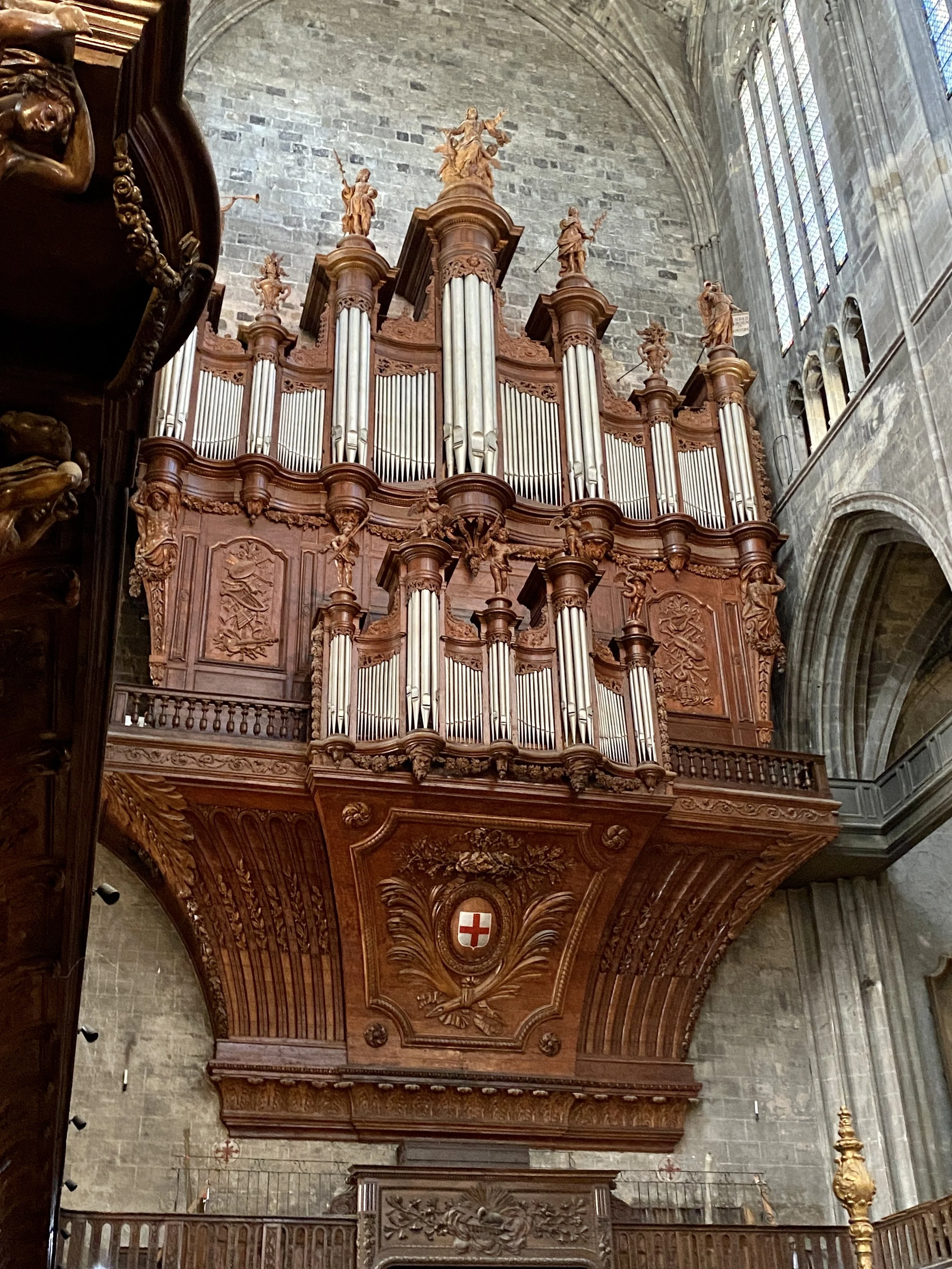Rich History and Culture of Narbonne: A Must-Visit Destination in Southern France
Narbonne is a historic city in southern France's Occitanie (Languedoc-Roussillon) region. With its rich heritage and fascinating attractions, Narbonne offers a wealth of interesting facts to discover. Here are some fascinating facts about Narbonne:
Roman Roots
Narbonne was originally a Roman settlement known as Narbo Martius. Founded in 118 BCE, it was the first Roman colony established outside Italy and was an important trading port on the Mediterranean Sea. The city's Roman heritage can still be witnessed through its archaeological sites and ancient ruins.
Via Domitia
Narbonne was a vital hub on the ancient Roman road called Via Domitia. Constructed in 118 BCE, it connected Italy to the Iberian Peninsula and significantly facilitated trade and communication across the region.
Middle Ages
Narbonne was an important center of Christianity in the early Middle Ages, and the Narbonne Cathedral, which dates back to the 4th century, is a notable architectural landmark. The city was also a significant center of commerce and trade in the same period, and its central market square, Place de la République, is still an important gathering place for residents and tourists.
Archbishop's Palace
Narbonne's Archbishop's Palace (Palais des Archevêques) is an architectural gem. It served as the residence of the archbishops of Narbonne from the 13th to the 18th century and featured a stunning Gothic courtyard and an impressive 130-meter-long hall.
La Robine Canal
Narbonne is intersected by the Canal de la Robine, a UNESCO World Heritage site. This picturesque Canal was once an important maritime route connecting the city to the Mediterranean Sea. Today, it offers a charming waterfront promenade lined with beautiful plane trees.
Les Halles de Narbonne
Food lovers should not miss visiting Les Halles de Narbonne, a vibrant covered market since 1901. Here, you can find various fresh produce, regional specialties, and delectable treats, providing an authentic taste of local gastronomy.
Narbonne Cathedral
The Cathedral of Saint-Just and Saint-Pasteur, commonly called Narbonne Cathedral, is a masterpiece of Gothic architecture. Its construction began in the 13th century, but the cathedral was never fully completed. Nonetheless, it boasts an intricately carved choir screen and beautiful stained glass windows.
Roman Horreum
Narbonne is home to an underground archaeological site called the Roman Horreum. This ancient warehouse complex was used for storing goods during Roman times and is now open to the public, offering a fascinating glimpse into the city's past.
Festivals and Events
Narbonne hosts several lively festivals throughout the year. The most famous is the Festivités de la Saint-Pierre, which celebrates the patron saint of fishermen and features boat parades, live music, and fireworks. The Les Grands Buffets Gastronomic Festival is another notable event that showcases the region's culinary delights.
Narbonne
Beaches and Nature
Narbonne is not located on the coast but is just a short distance from the Mediterranean Sea. The city is surrounded by beautiful beaches and natural areas, including the Narbonne Plage and the Narbonne Regional Natural Park, offering opportunities for relaxation and outdoor activities.
Wine Country
Narbonne is in the heart of the Languedoc-Roussillon wine region, renowned for its vineyards and winemaking traditions. Wine enthusiasts can explore the nearby vineyards, participate in wine tastings, and learn about the art of winemaking. Ts wine production, particularly its red and rosé wines from the AOC "Narbonne" region, is very well appreciated by Amateurs.
Today, Narbonne is a popular tourist destination. It allows visitors to explore its rich history, stroll along the Canal de la Robine, and sample the local cuisine, including the famous "Cassoulet" stew.
Conclusion
From its Roman origins to its architectural treasures, Narbonne entices visitors with its rich history, cultural offerings, and natural beauty. Exploring the city's Roman heritage, strolling along its canals, and indulging in its culinary delights make for an unforgettable experience in this charming French city.




















